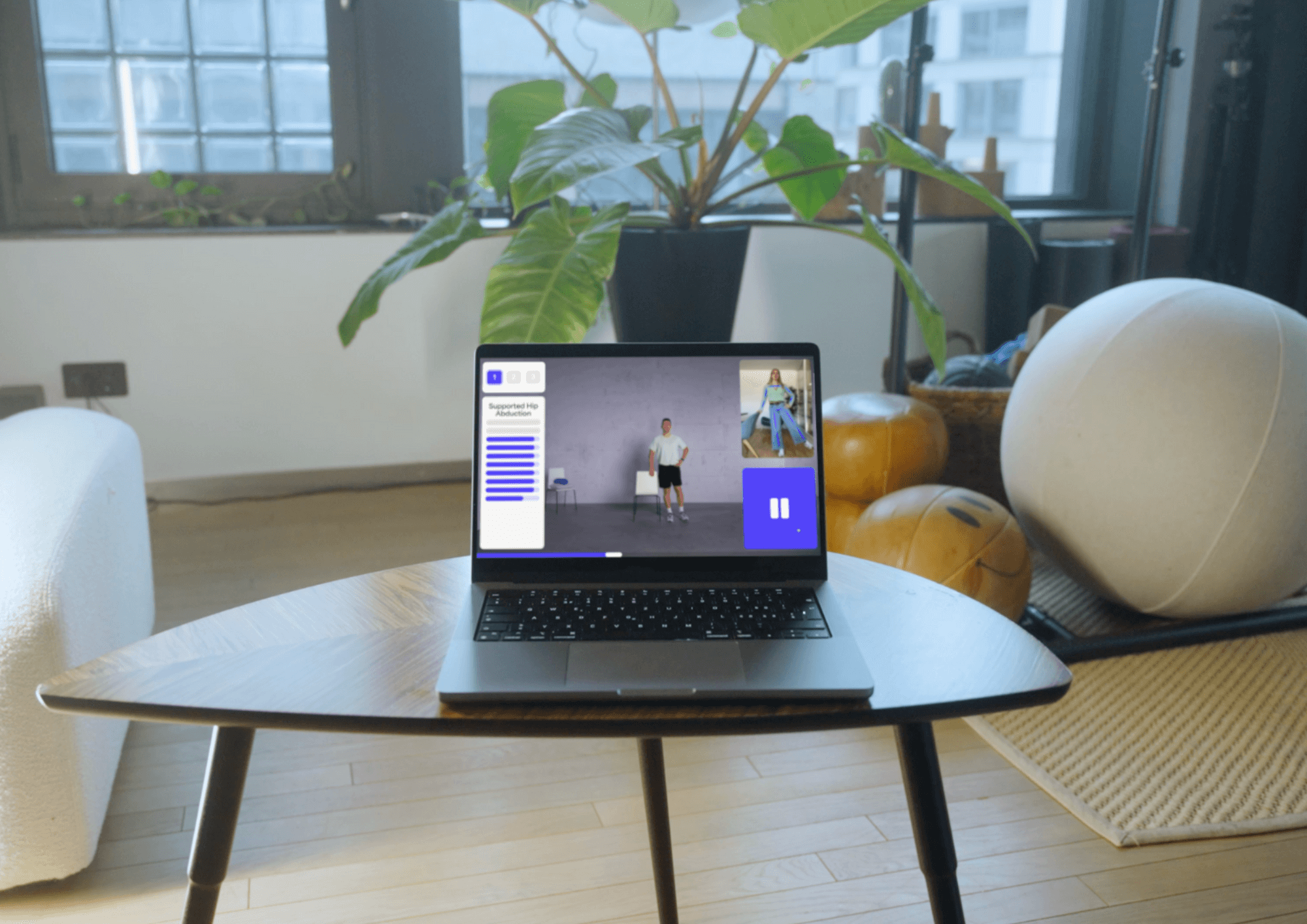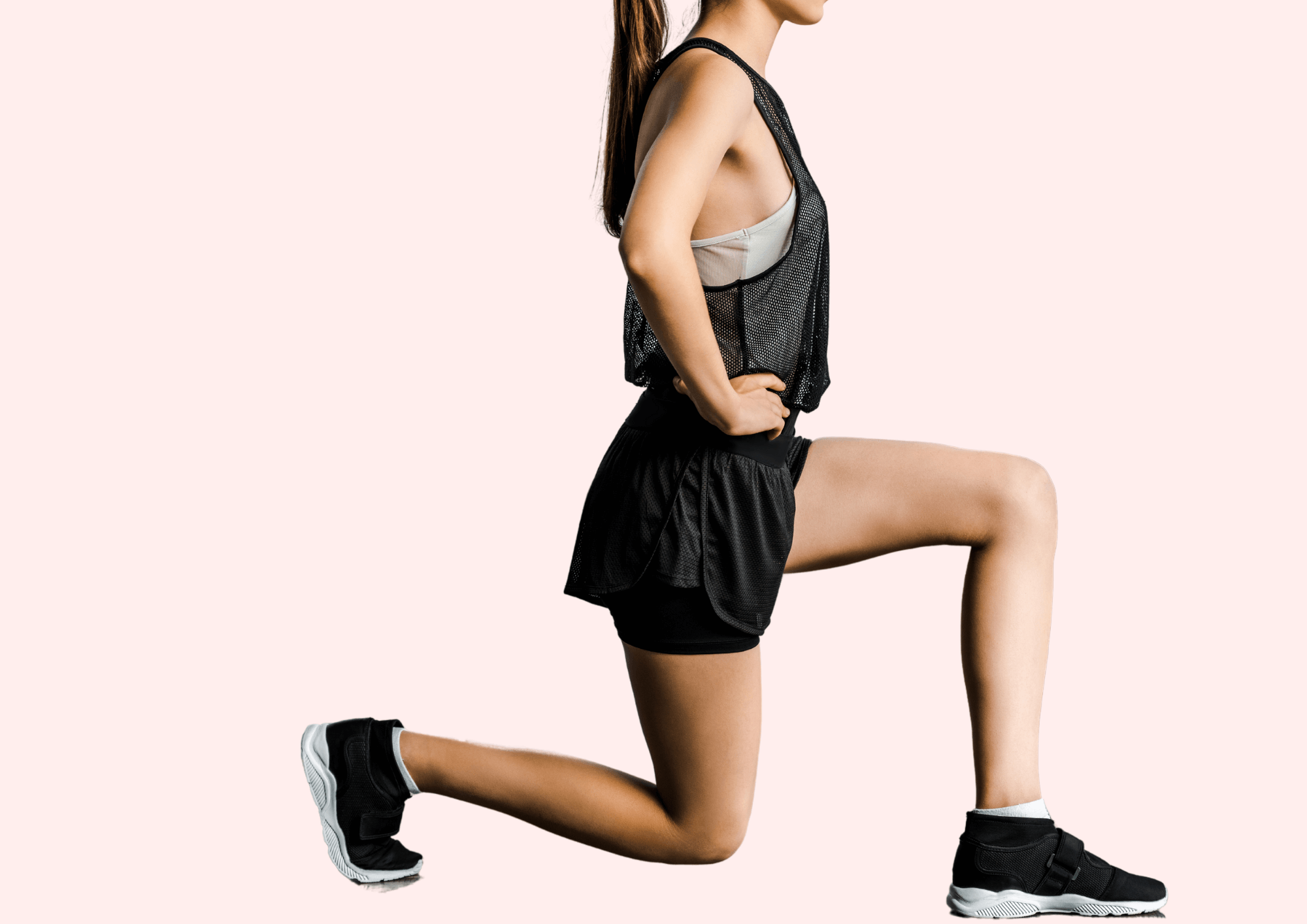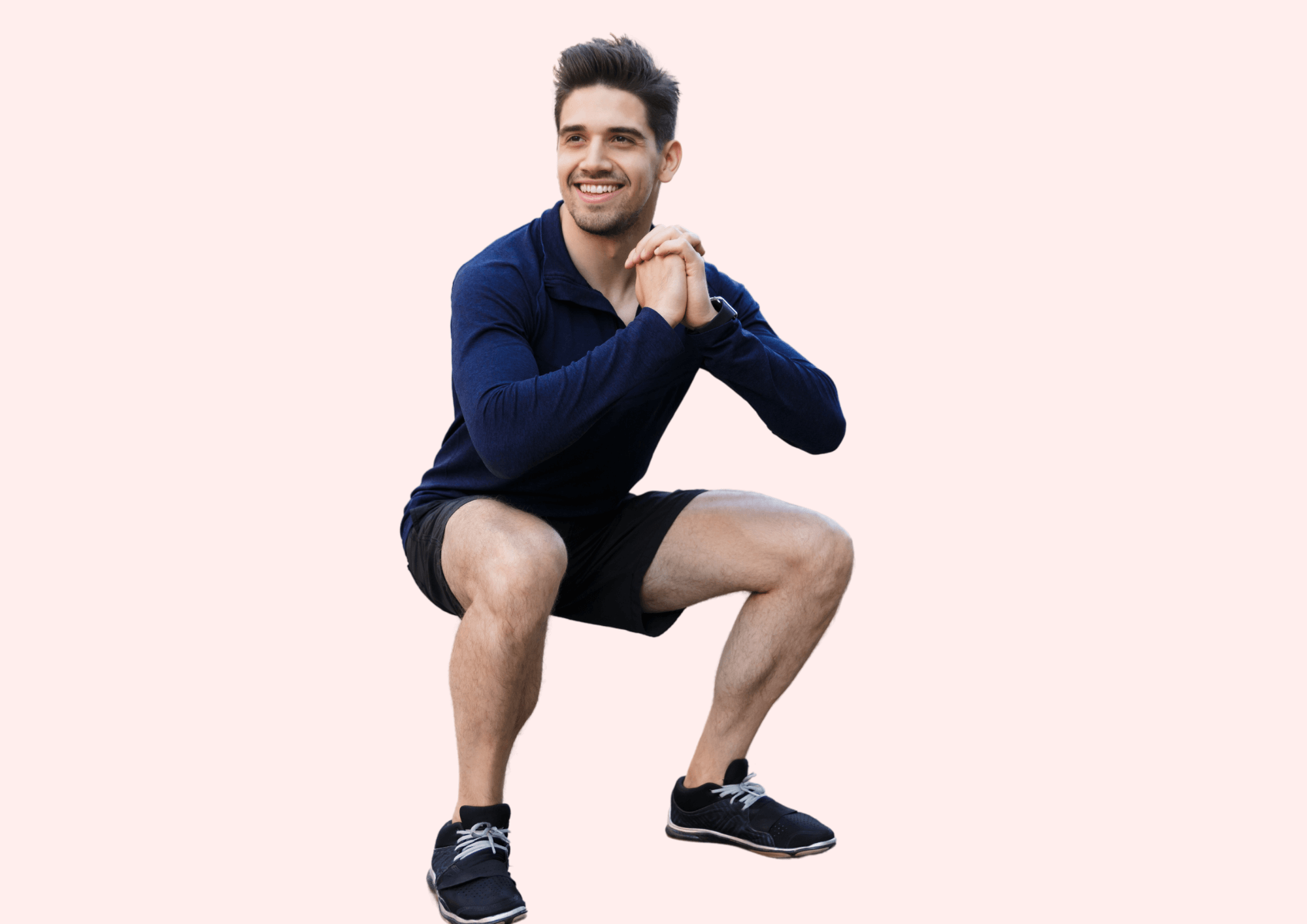Getting in shape in the comfort of your own home? No problem! A workout at home can be extremely effective, no matter what your current fitness level is. You can train your whole body in a home workout with a wide variety of fitness exercises: with or without equipment, doing your own program or through online offers, with maximum flexibility in terms of time, location and intensity. With this guide, we want to support you in your home workout and ensure that it remains injury-free and accident-free. Stay tuned until the very end for useful tips on how to use Akina Cloud effectively!
What you need for your fitness training at home
Not every season is suitable for outdoor sports, membership of a club can restrict us in our everyday lives, and gyms don't appeal to everyone equally. We understand that some hurdles can stand in the way of exercising.
However, the almost forgotten Covid-era has made us more inventive and motivated us to use a wide variety of resources to make fitness training possible - so for some of us, we went straight from the home office to the home gym. In other words, you don't necessarily have to leave the house to get active. The most important thing is to do something good for yourself and get moving.
When it comes to the requirements for a successful home workout, there are two things you should consider.
The right training environment
You don't need much for a home workout, but enough space is non-negotiable. You should be able to move freely without fear of knocking something over or tripping. You should also consciously block out distractions, be it the TV, the ringing phone, your partner or your pet.
Material must-haves
There is a wide range of fitness equipment on offer: from a multi-piece dumbbell set to an exercise ball and fascia roll to a pull-up bar for the door frame. In our opinion, however, you don't necessarily have to invest in fitness accessories to make progress. The only purchase we recommend for any workout is a good quality yoga mat. If you want to intensify your workout, you can consider incorporating dumbbells (or alternatively filled water bottles) and a fitness band.

Good to know: If you train with our Akina Cloud software, you will need a chair, a cushion and a towel in addition to the mat.
The most important tips for a safe home workout
Short and sweet: Here is a summary of the most important safety measures for your workout at home.
- Eliminate the risk of slipping and tripping
Remove obstacles, tripping hazards and edges and create enough space for your workout. You should also train on a non-slip surface, i.e. on a yoga mat, with good shoes or barefoot. - Don't forget to warm up
The warm-up is also essential when training at home to prepare your muscles and joints for the upcoming workout and prevent injuries. - Pay attention to the correct form
Ideally, you should stick to familiar exercises that you know how to carry out with correct form. New exercises with heavy weights require instruction from a professional fitness trainer. And remember: just because the training takes place at home and not in the gym doesn't make it any less intense. Therefore, always remain mindful and concentrate on the exercise. - Avoid improvised training equipment
Never train with improvised training equipment, for example horizontal bars for pull-ups that can be clamped into the door frame. There is no guarantee that they will be stable and there is a high risk of injury. - Opt for suitable online offers
Video tutorials on YouTube etc. can provide helpful instructions for training at home. However, make sure that you only use videos from qualified providers. These include, for example, health organizations, gyms or professional fitness trainers. Or use our Akina Cloud software if you're interested in AI-optimized, therapeutic training!

The best exercises for a full-body workout at home
The following exercises cover a large part of the body's muscle groups and should not be missing from your home training plan. The best thing is: you don't need any equipment for these exercises, your own bodyweight is enough!
Push-ups
(Main muscles used: Chest muscles, front shoulder muscles, triceps)
- Start in a high plank position. Make sure your hands are placed directly under your shoulders and your fingers are pointing forwards.
- Keep your body in a straight line from your head to your heels, activating your abdominal muscles. Lower your body by bending your elbows until your chest almost touches the floor.
- Then push yourself back up to the starting position.
- If the standard version of the push-up is too demanding, you can alternatively do it on your knees instead of your feet to reduce the intensity.
Lunges
(Main muscles used: thigh muscles, gluteal muscles)
- Stand upright and take a large step forward.
- As you step forward, your back knee should be almost on the floor while you bend your front knee at a 90-degree angle.
- Make sure your front knee is directly over the second largest toe and is pushed slightly outwards to minimize stress on the joints.
- Keep the upper body upright and engage the abdominal muscles to improve stability.
- Then push yourself back to the start position with your front foot and alternate legs. Vary the stride length to engage different parts of the leg muscles.

Planks
(Main muscles used: Abdominal muscles, back muscles, shoulder muscles)
- Get into the push-up position, but support yourself on your forearms instead of your hands. Make sure that your elbows are directly under your shoulders.
- Keep your body in a straight line from your head to your heels, engaging your abs and glutes to strengthen your core muscles.
- Hold this position for as long as possible.
- To increase the intensity, you can try out different variations (for example, alternately lifting your arms and legs).
Squats
(Main muscles used: thigh muscles, gluteal muscles)
- Stand with your feet shoulder-width apart on an imaginary line, toes turned slightly outwards.
- Bend your knees and lower your body or buttocks as if you were sitting down, making sure that your knees do not protrude beyond your toes. Again, it is important to keep a straight back and a proud chest.
- Then return to the upright position by pushing your weight up out of your heels.

Burpees
(Main muscles used: Full body workout, especially leg, chest, shoulder muscles and endurance training)
- Start standing, squat down and then place your hands on the floor.
- Jump your feet backwards so that you land in a plank position.
- Perform a push-up, then jump your feet back towards your hands and do a vertical jump upwards.
- Caution: This exercise requires a lot of coordination. Perform the movements with awareness and control to avoid injury.
- To reduce the intensity, you can skip the vertical jump and the push-ups.
Sit ups/crunches
(Main muscles used: abdominal muscles)
- Lie on your back, bend your knees and place your hands behind your head. Your hands should lightly touch the back of your head to support your neck, but do not pull.
- Exhale and lift the upper body by activating the abdominal muscles and try to bring the elbows towards the knees. Concentrate on the core muscles instead of straining the neck.
- Then lower your upper body again in a controlled manner.
- Different variations can increase the intensity of the exercise (example: bicycle crunches).

If you want to improve your flexibility as well as building muscle with home training, yoga and pilates are suitable. Various online providers are suitable for these activities in the comfort of your own home.
Therapeutic training with Akina Cloud
Akina is an ace up your sleeve when it comes to therapeutic training at home. Through the webcam on your smart device, our AI-supported software recognizes your movements and gives you real-time feedback on your execution. This optimizes your training, relieves pain and promotes your mobility. Accredited physiotherapists can evaluate your training in report form in order to adapt it to your individual needs.
To ensure that everything works when using our software, there are a few points to bear in mind:
- In order to have an optimal view of the training program, you should place the laptop on a raised surface so that the screen is clearly visible both when standing and sitting or lying down (for example, a coffee table).
- In order for the software to recognize your movements, your entire body must be in the camera's view. Therefore, position your body at a distance where you can be fully captured by the camera and at the same time see the video instructions on the screen.
- For the motion tracking of our software, not only a direct view of you is important, but also reasonably good lighting conditions. For example, it is helpful if you train in a well-lit room and wear clothes that contrast with the background.
- Activate the sound when using Akina Cloud. The voice of a coach will guide you through your training and instruct you, even if you don't have a direct view of the screen.
With these tips, nothing stands in the way of a successful at-home training session with Akina!




